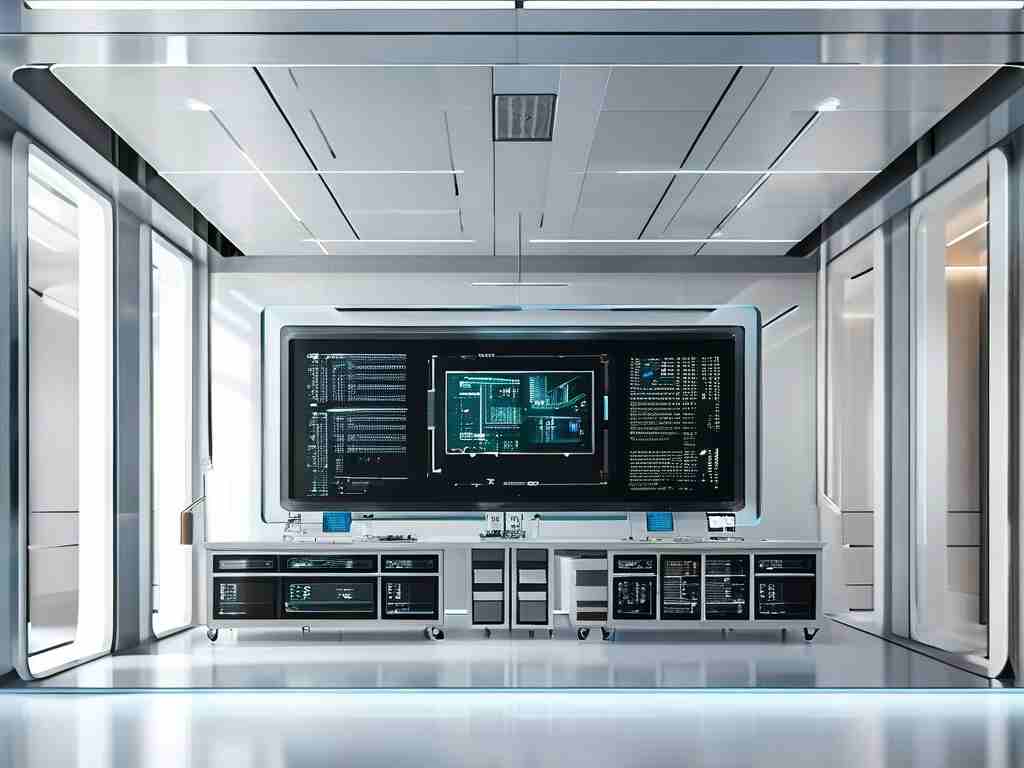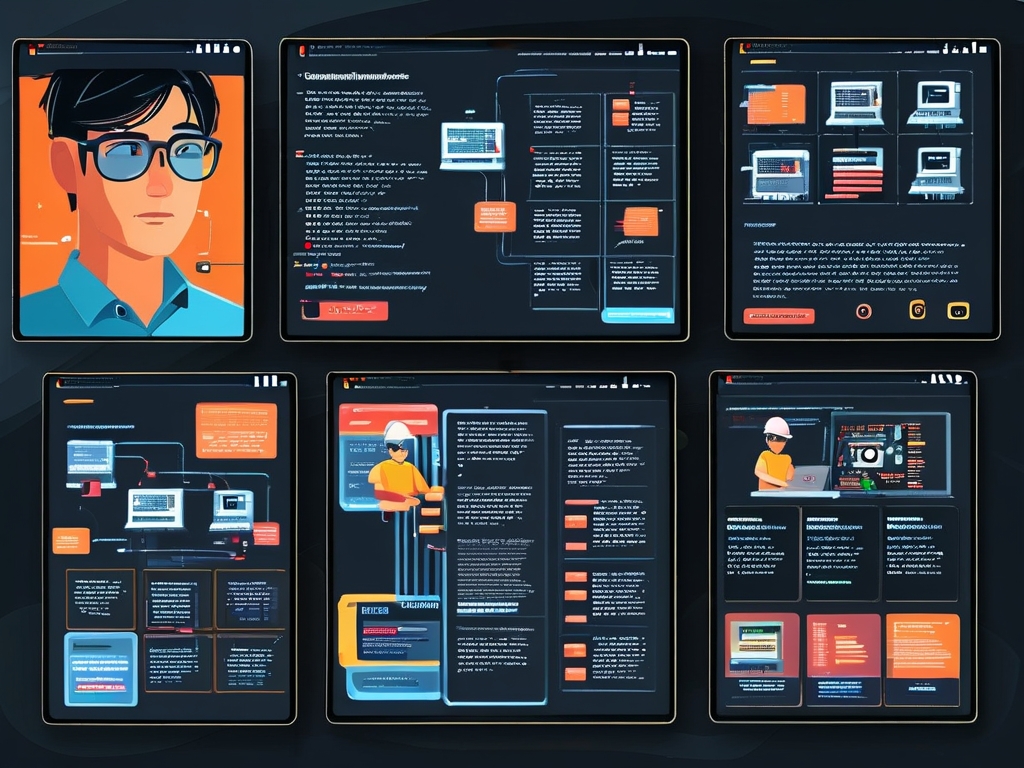As a hub for technology innovation in the Pearl River Delta, Foshan has become a hotspot for embedded systems development. Understanding the cost structure of embedded development boards in this region is critical for startups, engineers, and enterprises aiming to balance performance and budget. This article explores the pricing dynamics of embedded boards in Foshan, factors influencing costs, and actionable insights for optimizing expenses.

Key Factors Affecting Development Board Prices
Embedded development board costs in Foshan vary based on hardware specifications, brand reputation, and supply chain efficiency. Entry-level boards like ARM Cortex-M0/M3 models typically range from ¥80 to ¥300, while high-performance systems with multi-core processors (e.g., NXP i.MX8 or Rockchip RK3588) can exceed ¥1,500. Local manufacturers such as Firefly and FriendlyElec offer competitive pricing compared to international brands like Raspberry Pi or NVIDIA Jetson, though import taxes and logistics may narrow this gap.
Component quality significantly impacts pricing. Boards using industrial-grade chipsets (e.g., STM32H7 series) cost 20–40% more than consumer-grade alternatives due to extended temperature tolerance and longevity. Peripheral integration—such as built-in Wi-Fi 6, Bluetooth 5.2, or PCIe interfaces—also adds ¥100–¥400 to base prices.
Local vs. Global Supplier Comparison
Foshan-based suppliers leverage Guangdong’s electronics manufacturing ecosystem to reduce costs. A comparative analysis shows:
# Sample price comparison (RMB)
foshan_supplier = {"RK3566 Board": 420, "STM32F407 Kit": 185}
international_supplier = {"RK3566 Board": 680, "STM32F407 Kit": 310}
This 35–45% price advantage stems from streamlined production and reduced import dependencies. However, global brands often provide better documentation and long-term software support, which can lower total ownership costs for complex projects.
Cost Optimization Strategies
-
Bulk Purchasing
Local manufacturers like LOONGSON-TECH offer tiered pricing, with discounts up to 22% for orders exceeding 50 units. -
Open-Source Alternatives
Platforms like Allwinner H616-based Orange Pi Zero 2 (¥220) provide Linux/Android compatibility at 60% of closed-source equivalents. -
Customization Services
Foshan PCB assembly factories charge ¥8–¥15 per board for customized layouts, enabling hardware simplification and cost reduction.
Hidden Cost Considerations
While base board prices are transparent, ancillary expenses often surprise buyers:
- Debugging tools (J-Link EDU Mini: ¥450)
- Certification (CE/FCC: ¥3,000–¥8,000 per product)
- Extended warranties (15–20% of hardware cost)
The thriving maker community in Foshan’s Nanhai District hosts monthly component swap events, where engineers exchange surplus modules at 30–70% below market rates—a valuable resource for prototype development.
Future Price Trends
With the local government’s ¥2.3 billion semiconductor subsidy program (2023–2027), experts predict 8–12% annual price declines for mid-range embedded boards. However, AI-accelerated boards (e.g., those with NPUs) may see temporary price hikes due to global chip shortages.
Navigating Foshan’s embedded development board market requires balancing upfront costs with scalability needs. By leveraging local manufacturing advantages and modular design approaches, developers can achieve 18–33% cost savings without compromising functionality. Always request sample units for real-world testing before bulk orders, and monitor quarterly price lists from Foshan Component Market Association for updated deals.


